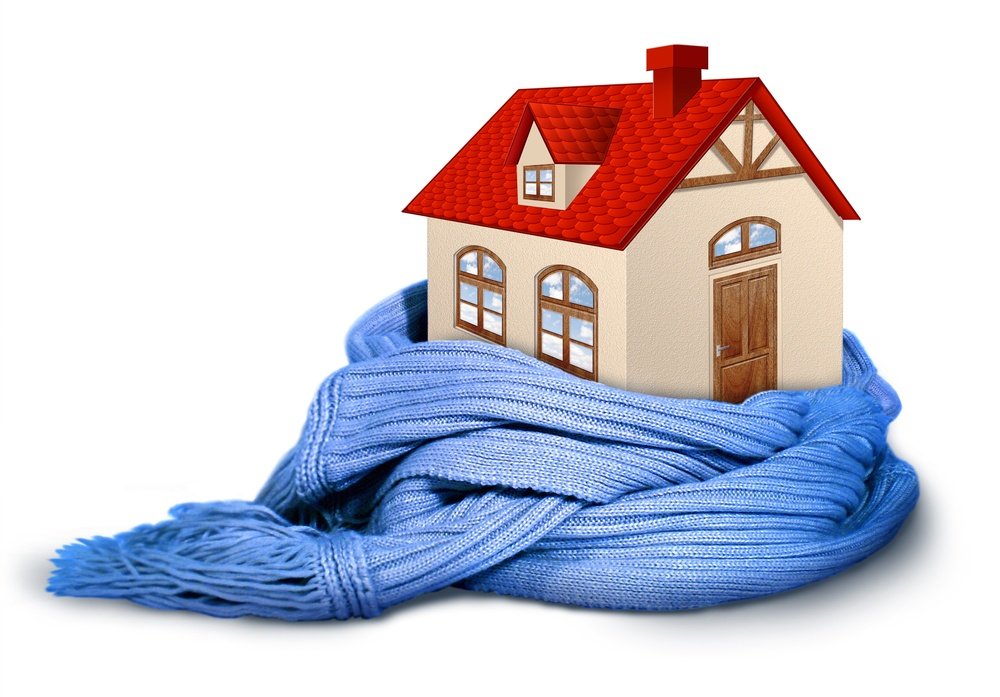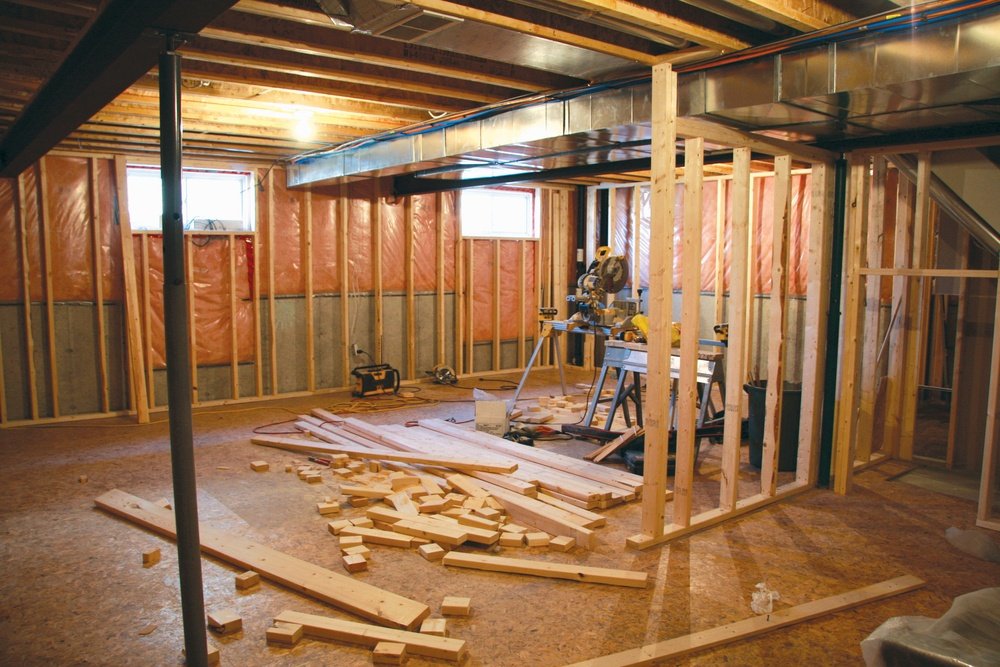Basement Insulation: Everything You Need to Know
 Damp, unlivable basements are a big waste of energy and money! Consider your mortgage in terms of dollars per square foot. If you can’t use your basement, you could be wasting a quarter or more of that square footage you pay for each month. Whether it’s a recreation room for the kids, a “man cave” with a big screen TV, or just a place for storage, laundry, and the home’s mechanical systems, the goal is to have a warm, dry, and livable basement.
Damp, unlivable basements are a big waste of energy and money! Consider your mortgage in terms of dollars per square foot. If you can’t use your basement, you could be wasting a quarter or more of that square footage you pay for each month. Whether it’s a recreation room for the kids, a “man cave” with a big screen TV, or just a place for storage, laundry, and the home’s mechanical systems, the goal is to have a warm, dry, and livable basement.
Energy Bills: Don’t forget the Basement
Stop thinking about the basement as an unconnected part of the house. The ceiling of the basement is the floor of one of your main ground level rooms, and since you pay to condition the air – warming your house in winter and cooling it in summer – the basement is too much real estate to just let it slide.
Professional builders warn “heat loss through uninsulated basement walls can account for up to one-third of the heat loss from an average home.” The US government recommends homeowners retrofit wood-framed houses by adding insulation, especially if the building is located in Zone 3 or higher. A cold basement in winter indicates an air exchange that costs you money. A wet basement indicates cracks or leaks in the foundation that also costs you money. Insulation will both plug up your leaking basement, and your leaking budget.
While basement insulation is important for all homeowners, the project can be a big job for a do-it-yourselfer. You may want to consider hiring a professional to handle this one. Whenever installing insulation, wear safety goggles and a dust mask, and also cover all exposed skin.
You can either insulate basement walls from the outside or the inside. Most often the outside insulation is included in the construction process. If your house doesn’t reap the benefits of this kind of construction, it’s probably best to go right for the inside option due to cost. There are three main materials used for inside basement insulation.

Materials for Basement Insulation
Batts
The first option is to use batts which are rolls of fiberglass or wool. Installation is fairly easy since you can cut the batts to the exact size you need. Batts cannot be placed directly up against the concrete foundation walls of the basement. Leave some air between the wall and the batts or moisture will build up and mold will follow. This is because fiberglass batts have no resistance to moisture and no way to absorb any condensation between the cold wall and the warm air of your lower level.
Rigid Foam Insulation
The second option is rigid foam insulation, which is more expensive than batts, but more efficient too. These are rigid panels of extruded polystyrene (think Styrofoam). This stuff is effective, but flammable, so it has to be installed along with gypsum board, which serves as a thermal barrier.
Spray Foam
The third option is spray foam, insulation that’s sprayed into empty cavities, the spaces between the concrete and the paneling or wall. Considered the most efficient method of insulating a basement, it’s also the most expensive. DIY-ers are at a disadvantage here, as usually only a professional has the equipment needed to blow insulation into the pockets of basement walls.
For a truly energy-efficient home, apply insulation throughout. Once you make upgrades to your home’s insulation, you may qualify for a tax credit. The cost savings will be a benefit to you, and the energy savings will be a benefit to the world. To find out how efficient your existing insulation is–take a Benefyd!


